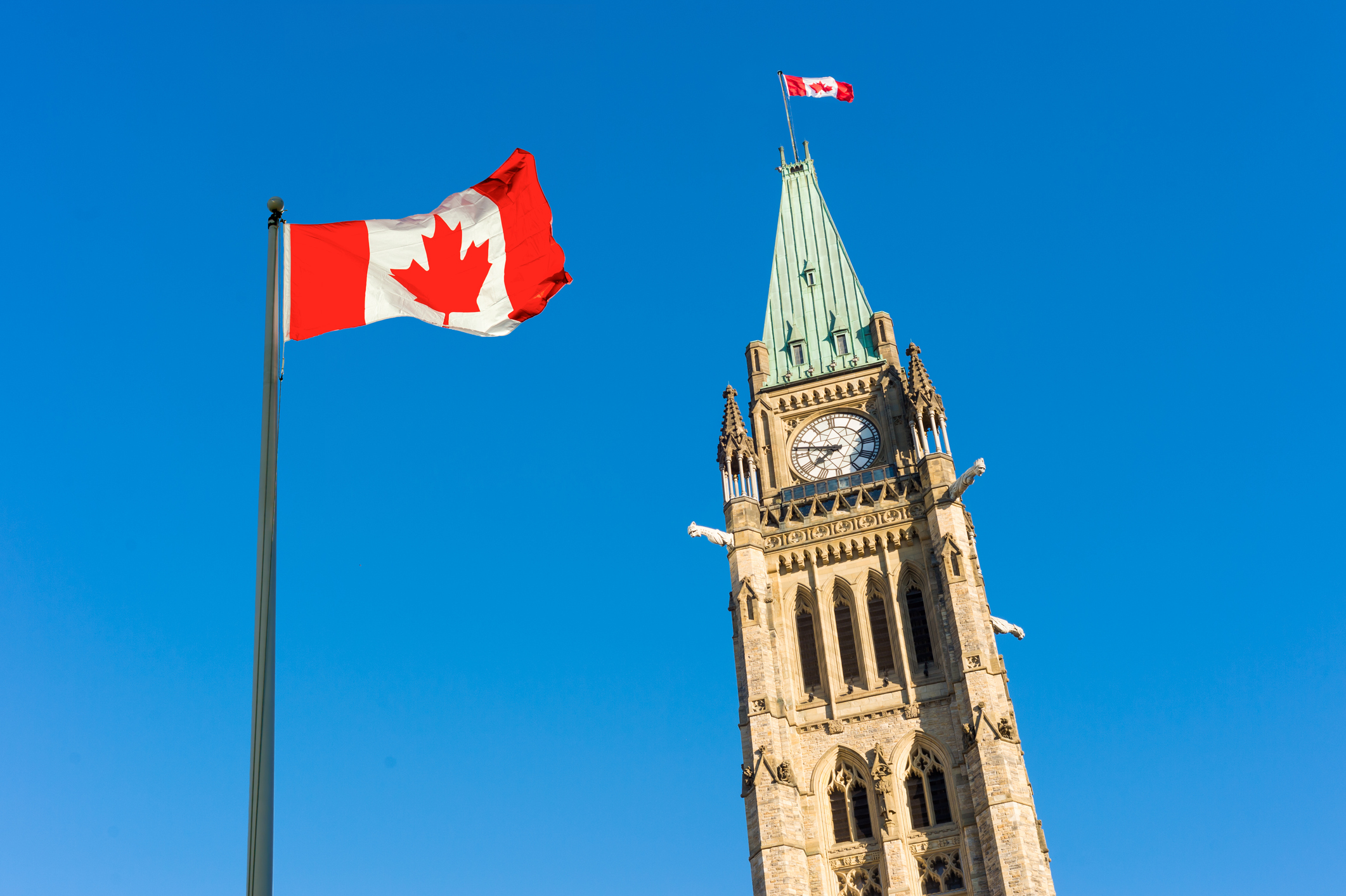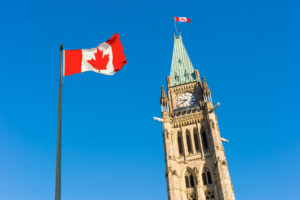
As Trump takes aim at regulation, Canada’s experience with regulatory budgeting offers a possible template.
In the aftermath of Donald Trump’s victory in the U.S. presidential election in November, many Americans reportedly considered moving to Canada—enough to crash Canada’s immigration website on the night of the election.
But as President-elect Trump and his transition team consider options for regulatory reform, they might do well to consider importing an idea from Canada.
 In a recent video message, President-elect Trump promised to develop a plan to eliminate two old regulations for each new one. However, it was reportedly Canada that first developed such a rule when it implemented its “One-for-One” law in April 2015 as part of a regulatory reform agenda. A recently published paper by Sean Speer, a senior fellow at the Washington, D.C.-based think tank R Street Institute, considers how Canada’s track record with so-called “regulatory budgeting” can provide useful lessons to U.S. policymakers considering similar options for reform.
In a recent video message, President-elect Trump promised to develop a plan to eliminate two old regulations for each new one. However, it was reportedly Canada that first developed such a rule when it implemented its “One-for-One” law in April 2015 as part of a regulatory reform agenda. A recently published paper by Sean Speer, a senior fellow at the Washington, D.C.-based think tank R Street Institute, considers how Canada’s track record with so-called “regulatory budgeting” can provide useful lessons to U.S. policymakers considering similar options for reform.
Regulatory budgeting, Speer explains, refers to a process that uses “traditional budget concepts to manage regulatory costs.” It requires agencies to keep track of their “regulatory expenditures” the same way they keep track of financial expenditures. A regulatory budget operates by placing an upper limit on total new regulatory costs each year, which is then apportioned to each agency. If an agency wants to exceed its allotted cap, it must eliminate existing regulations to offset the additional costs. The scheme encourages agencies to evaluate and eliminate antiquated regulations.
A more drastic version of regulatory budgeting, which Speer calls the “partial model,” involves freezing “regulatory expenditures at current levels”—in other words, setting each agency’s annual cap at zero, such that every new regulation requires eliminating current regulations.
In designing any regulatory budgeting plan, two variables are critical. First, policymakers must define what counts as a “regulatory requirement.” Regulatory requirements could include “all impositions that stem from legislation, regulation and other policies, or it could be more limited in scope, to include only regulations.” Second, they must select a method for estimating the costs imposed by those regulatory requirements. Policymakers can choose to include any combination of costs, including compliance costs, administrative costs like training and paperwork burdens, opportunity costs, and even the resources that organizations might spend trying to influence regulators.
But cost estimates do not have to be perfect for regulatory budgeting to work, Speer notes. All they need to be is “defensible” and “reasonable.”
After decades of expanding regulation beginning in the 1960s, British Columbia became the first Canadian province to try regulatory budgeting after the Liberal Party rode to victory in 2001 calling for regulatory reform, says Speer.
British Columbia chose a broad definition of regulation to account for the “numerous requirements” that might flow from each regulation, including any “compulsion, obligation, demand or prohibition.” However, rather than take account of the varying costs and types of regulations, the government simply required each agency to count its regulatory requirements, which were then recorded in a database. This method, Speer asserts, was “comprehensive” but also “crude.”
Nonetheless, Speer asserts, British Columbia’s regulatory budgeting plan achieved what he considers to have been strong results—it apparently led to a “37 percent reduction by its three-year deadline,” and a reduction in “regulatory requirements on individuals and businesses by 43 percent over the past roughly 15 years.”
Canada’s federal government also adopted regulatory budgeting following the Conservative Party’s 2006 electoral victory. The federal plan used a “narrower” definition of regulation than British Columbia by only including formal regulations, and not the other requirements that “stem from legislation, regulation and other policies.” But even so, Speer observes, the government identified a large number of requirements.
But the federal plan was more “sophisticated” than that used by British Columbia, Speer explains, because it—unlike British Columbia’s plan—accounted for the “economic impact” of regulations. The federal plan used the Standard Cost Model, which is used by several countries, to account for the regulatory compliance costs.
One part of the Canadian government’s reform package included a “One-for-One Rule”—initially as an internal policy, and subsequently as formal legislation—which required agencies to eliminate one existing regulation for each new one. Over a two-year experimental period before the rule became legislation, Speer observes, the One-for-One Rule resulted in “a net reduction of 19 regulations,” as well as significant savings for individuals and businesses.
Distilling Canada’s experience, Speer observes that British Columbia opted for a plan that encompassed more regulatory requirements but also settled for a “crude” and simple counting method, while the federal government used a less inclusive regulation definition but accounted for the differing costs of regulations. Although more complex, the federal plan better accounted for the true regulatory burden, according to Speer. Ultimately, Speer concludes, policymakers should strive for a plan with a “comprehensive” definition of regulation, “and an inclusive cost estimate.”
The precise form of President-elect Trump’s regulatory reform plan is yet to be determined, but Republicans have supported regulatory budgeting efforts in the past and might be expected to support it under the Trump Administration. For example, Senator Marco Rubio (R-Fl.) in 2014 supported a plan to create a “National Regulatory Budget” and establish a new independent agency to manage it.
What is certain is that President-elect Trump’s regulatory goals—which, in addition to a two-for-one elimination plan, also include pledges to reform the regulatory system, put in place “a temporary moratorium on new agency regulations,” and generally reduce the size of government—are ambitious and, if Canada’s experience is predictive, will require “strong and persistent political leadership” that makes regulatory reform a top Administration priority.



